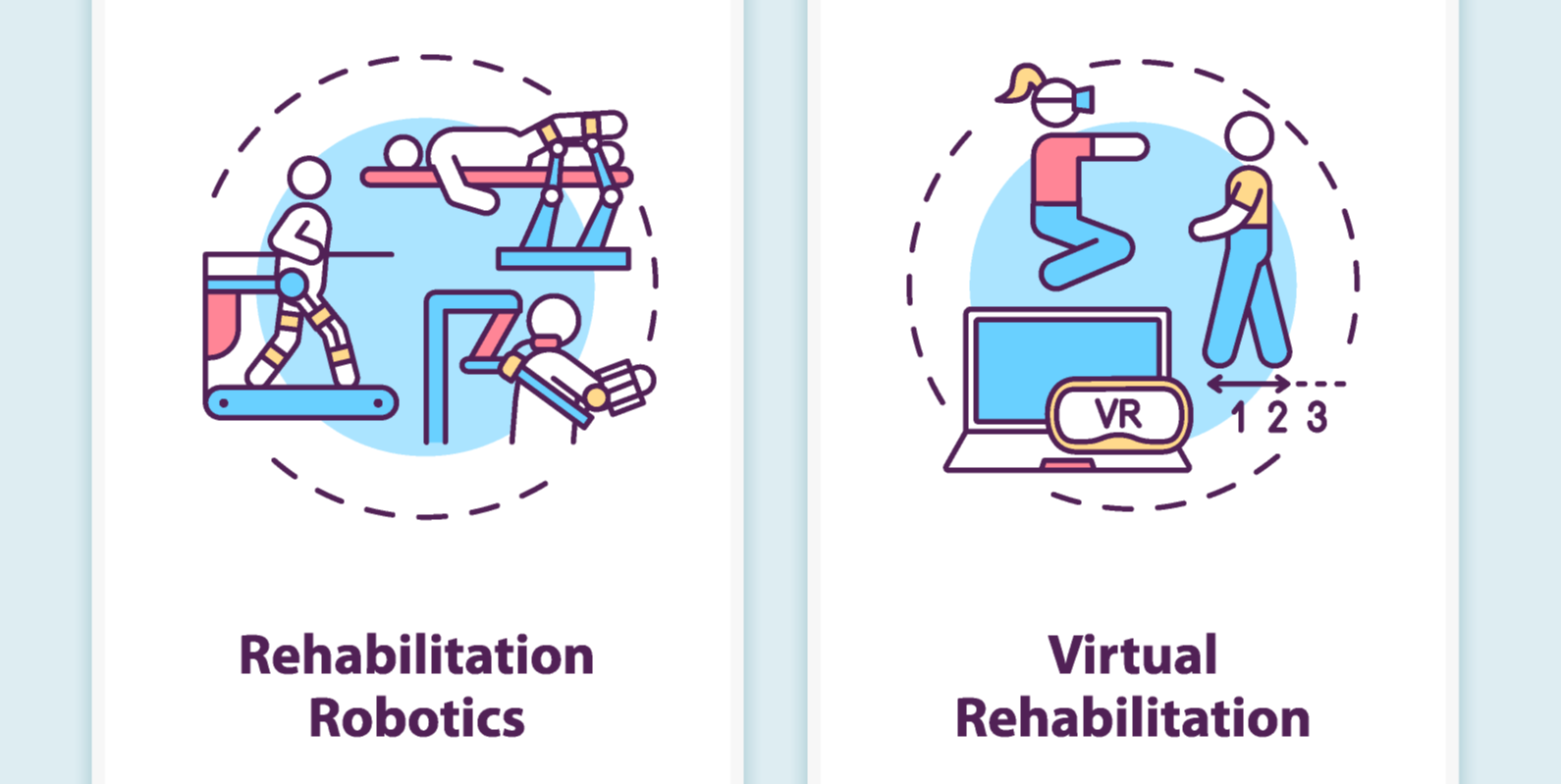
Release date: 2025.02.18
Advances in medical technology are also bringing about major changes in the field of rehabilitation. At the heart of these changes are rehabilitation assist robots, which effectively support patients' recovery and also contribute to reducing the burden on medical professionals. In this second installment, we will summarize the functions of rehabilitation assist robots, examples of their use in clinical practice, and future prospects.
Rehabilitation assist robots have a variety of functions depending on the patient's symptoms and stage of recovery.
Walking assist robots use motors and sensors to assist the walking movements of patients who have difficulty walking due to stroke or spinal cord injury, enabling them to train to walk independently and thus help them recover their walking function. The latest walking assist robots use bioelectric signals to assist patients with lower limb paralysis in recovering their walking function. In addition, treadmill-type walking training devices are equipped with real-time balance adjustment functions using built-in sensors.
The upper limb movement support robot detects the patient's movements with sensors and supplements the necessary force to promote muscle strengthening and range of motion, helping to restore motor function in the arms. The latest upper limb rehabilitation equipment achieves effective rehabilitation by synchronizing motor commands from the brain with actual movements. Equipment specialized in training delicate fingertip movements in particular has shown high effectiveness in improving daily living activities.
Rehabilitation support robots have already been put to practical use in clinical settings, and scientific verification of their effectiveness is underway. For example, it has been reported that walking training for stroke patients using the latest walking support robots significantly improved walking function compared to traditional physical therapy. Similarly, it has been suggested that upper limb function rehabilitation support robots may potentially be effective in increasing opportunities for repetitive training and improving patient motivation.
However, the introduction of such innovative technologies requires high initial investment and the training of specialized personnel, so to achieve optimal rehabilitation outcomes, it is essential to strategically integrate robotic-assisted technology with traditional treatment methods and develop detailed rehabilitation plans tailored to each patient's physical characteristics and recovery stage.
Fusion with VR (Virtual Reality) and AR (Augmented Reality) technologies is also expected. The latest VR rehabilitation system supports upper limb and trunk rehabilitation in a virtual space, and the sense of accomplishment improves the rehabilitation effect and encourages continuation. In addition, rehabilitation systems using AR support the acquisition of more accurate movements by visualizing the patient's movements in real time.
In June 2024, the government revised its policy on the use of robotics technology in the nursing care field, changing the name to "Priority Areas for the Use of Nursing Care Technology," and adding functional training support to the list of priority areas. This is a response to the worsening decline in the working-age population, and aims to reduce the burden on nursing care sites, improve the quality of services, and support the independence of the elderly. The use of robotics technology, including rehabilitation support robots, and ICT is expected to both solve problems in the nursing care field and create new industries.
In a rapidly aging society, the importance of rehabilitation-assist robot technology is increasing dramatically. Technological innovations that have made robots smaller and cheaper, as well as the development of individually optimized rehabilitation programs using AI technology, are bringing about revolutionary changes in conventional medical approaches. These advanced technologies are not just an evolution in medical equipment; they have the potential to maximize the physical and psychological recovery potential of patients, and to powerfully support early social reintegration and the realization of independent living.
MEDIUS Group is developing a business centered on the sale of medical equipment. We (Medical + us) involved in medical care also want to play the role of an information source (Media) that delivers useful information for the medical field and people's healthy tomorrow.